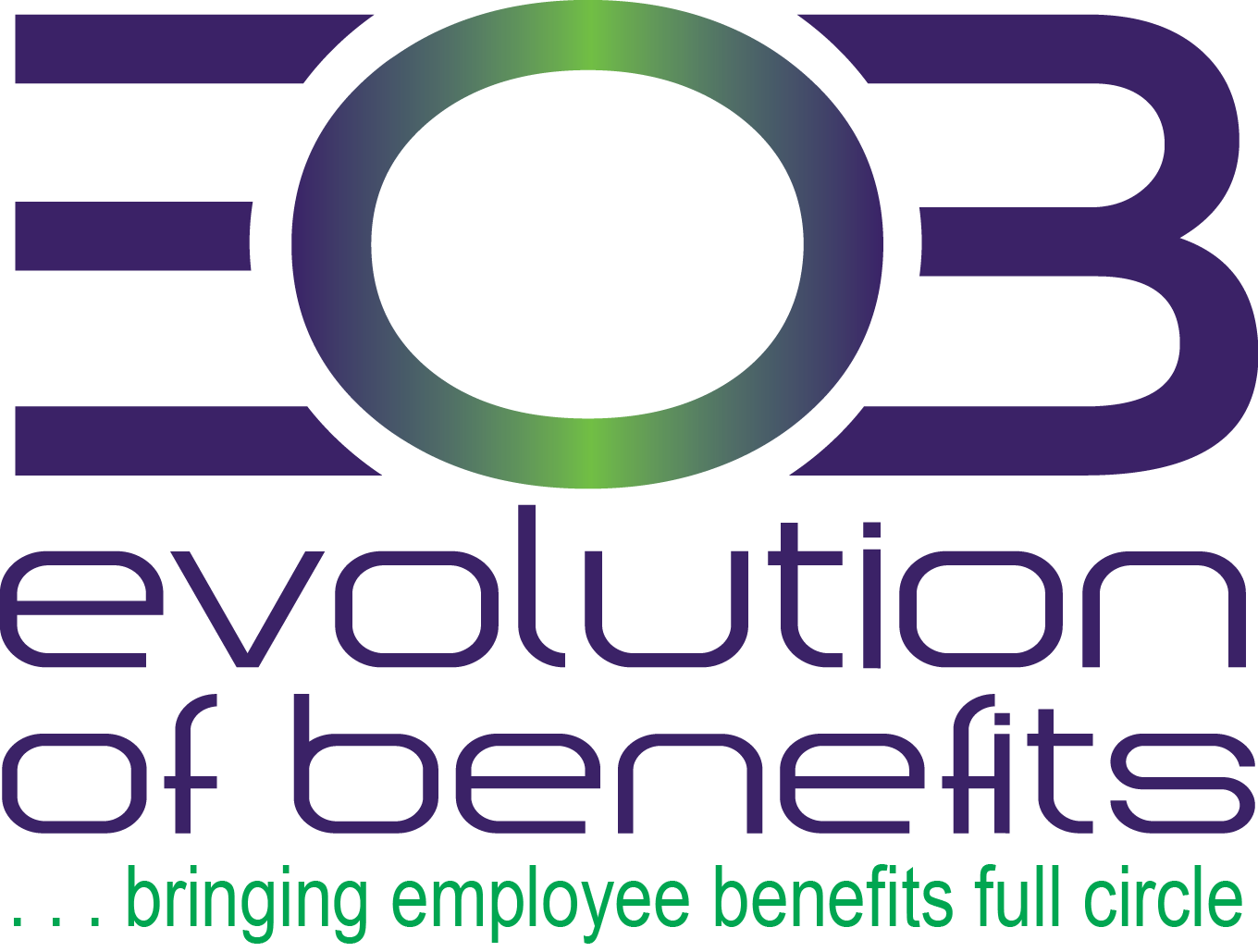Live Well, Work Well – What to Know About This Year’s Flu Season (October)

In the United States, influenza (flu) season lasts from October through May, with peak flu activity between December and March.
What’s more, flu season in the Southern Hemisphere often indicates what’s to come in the United States. Data revealed that the 2024 flu season in the Southern Hemisphere was similar to previous flu seasons. With the potential for this year’s flu season to be severe in the United States, vaccination remains the most effective way to prevent the flu, especially severe disease and hospitalization.
The U.S. Centers for Disease Control and Prevention (CDC) estimates that the flu caused between 9 million and 41 million illnesses annually between 2010 and 2023.
View and download the latest Live Well, Work Well newsletter
Compliance Tracker – October

Upcoming Compliance Dates:
A | Provide ICHRA Notice for 2025 Plan Year (Calendar-year Plans Only) – Oct. 3, 2024
Employers that offer individual coverage health reimbursement arrangements (ICHRAs) that operate on a calendar-year basis must provide notice to eligible employees by Oct. 3, 2024.
B | Provide QSEHRA Notice for 2025 Plan Year (Calendar-year Plans Only) – Oct. 3, 2024
Employers that offer qualified small employer health reimbursement arrangements (QSEHRAs) that operate on a calendar-year basis must provide notice to eligible employees by Oct. 3, 2024.
C | Provide Medicare Part D Notices – Oct. 14, 2024
Employers must notify Medicare-eligible individuals by Oct. 14, 2024, whether the health plan’s prescription drug coverage is creditable or noncreditable.
D | File Form 5500 (Extended Deadline for Calendar-year Only Plans) – Oct. 15, 2024
Employers with calendar-year employee benefit plans that applied for the automatic 2.5-month filing
extension must file Form 5500 for the 2023 plan year by Oct. 15, 2024.
News Brief: Major Employers Signal Return to Office

The JLL’s Future of Work survey revealed that the number of organizations expecting employees to work on-site full timesurged to 44% in 2024 compared to 34% in 2022. According to the survey respondents, 95% of employers now require employees to be on-site at least one day per week.
More employers worldwide are becoming “office advocates,” scaling back flexible work policies and mandating five-day in-office work weeks. Meanwhile, the percentage of “hybrid adopters,” or those who allow employees to work from home at least once a week, dropped from 77% in 2022 to 56% in 2024.
“There is now a broadly even split between those organizations which favor some form of hybrid work styles and those expecting to see employees back in the office full time.”
-JLL’s 2024 The Future of Work report
Legal Update: New Notice Requirement for the Fixed Indemnity Coverage for 2025

Employers offering fixed indemnity coverage must comply with a new notice requirement for plan years beginning on or after Jan. 1, 2025. The new notice is designed to explain the limitations of fixed indemnity coverage and help prevent employees from mistakenly selecting such coverage as an alternative to or replacement for traditional health coverage.
Employers with fixed indemnity policies should ensure that enrollment,application and marketing materials for the 2025 plan year include the required notice.
Compliance Overview – Employee Assistance Programs

Employee assistance programs (EAPs) are work-based intervention programs that connect employees with resources to identify and address personal problems. EAPs typically include a variety of services to help employees remain healthy and productive, such as mental health counseling, substance use disorder counseling, financial advising, legal services, and resources to address family issues and other personal challenges. EAPs are usually offered at no cost to employees by third-party vendors. They can also be provided as a component of the employer’s group medical plan.
This Compliance Overview summarizes key requirements for EAPs. Employers sponsoring EAPs should ensure they are familiar with these compliance requirements.




















